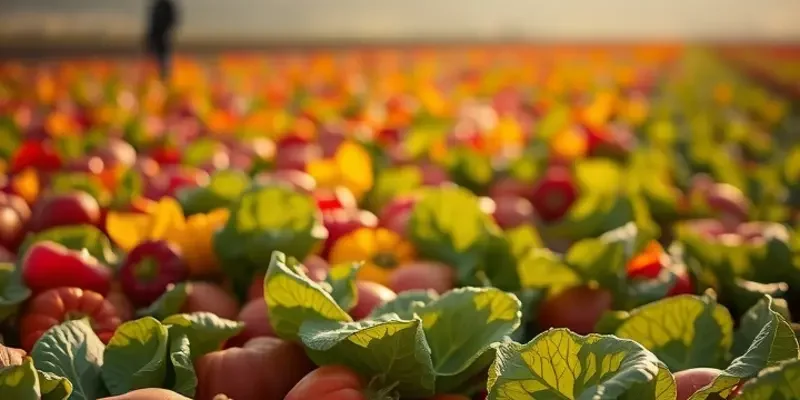Pan sauce offers an easy yet powerful way to enhance your dishes. By utilizing the flavorful fond left in your skillet, you can create a variety of sauces that not only complement meats but also elevate vegetables and grains. These recipes are designed for home cooks of all skill levels, ensuring that anyone can break out of their routine and explore new tastes and techniques in the kitchen.
Understanding the Basics of Pan Sauce

Mastering the art of pan sauce crafting holds the key to elevating your home-cooked dishes. The allure of a well-executed pan sauce begins with understanding the critical component known as deglazing. Deglazing is the process of adding liquid to a hot pan to loosen and dissolve the flavorful bits left behind after searing meat or vegetables. These bits, or fond, are packed with umami and are the foundation of your sauce’s depth.
To start, choose the right pan. A heavy-bottomed skillet ensures even heat distribution, crucial for an effective deglazing process. Once your protein or vegetable is cooked and removed from the pan, it’s time to deglaze. Choose a liquid that complements your main ingredient; options include wine, broth, or even juice. As the liquid touches the hot pan, it releases a fragrant steam, instantly dissolving the fond. Use a wooden spoon to gently scrape the pan’s bottom, ensuring all those savory particles integrate into the liquid.
The next step is simmering, where the sauce reduces to concentrate its flavors. This is an excellent opportunity to introduce additional ingredients that will define the character of your sauce. For a classic rendition, consider adding shallots, garlic, or herbs like thyme and rosemary. Maintain a gentle heat to avoid burning or overt reduction, as these can lead to bitterness.
Choosing your flavor enhancers is equally important. A dab of mustard adds zest, while cream or butter brings a luscious finish. If you prefer a punchy edge, a splash of vinegar or lemon juice provides lively acidity, balancing the richness from your main ingredient.
For guidance on exploring flavor without adding excess salt, visit Flavor Boosters Without Salt. These tips can lead to innovative sauce variations tailored to diverse palates.
As the sauce continues to reduce, taste frequently. Adjust seasoning with salt and pepper sparingly, keeping in mind the concentrated flavors already present. The goal is to achieve harmony between the sweetness, acidity, and savory notes. Once reduced to your desired consistency, strain the sauce if you prefer a smooth texture, or leave it rustic for added character.
Understanding these fundamentals of crafting a pan sauce allows home cooks to transform residual pan drippings into a signature element of flavor. By continually practicing these techniques, you’ll gain confidence in creating unique sauces, effortlessly enhancing the overall dining experience.
Creative Variations: Spice Up Your Pan Sauce

Once you’ve grasped the basic technique of creating a pan sauce, the culinary world opens up to endless possibilities. Transforming a simple dish into a gourmet experience is as magical as it is satisfying. The secret lies in infusing your sauces with bold and unexpected flavors. Let’s delve into some exciting variations that will redefine your cooking.
Start with an herb-infused pan sauce to add layers of flavor. Fresh herbs like rosemary, thyme, or tarragon can bring a fragrant touch to your dish. Gently bruise the herbs before adding them to the hot pan, allowing their essential oils to release. As the sauce reduces, the herbs impart a complexity that elevates your meal to new heights.
For a vibrant twist, try a citrusy variation. Brighten the sauce with fresh lemon or orange zest. Citrus cuts through some of the richness, giving your sauce a fresh and zippy edge. This flavor is perfect with chicken or fish dishes, providing a delightful balance of tanginess and acidity.
If you’re a fan of heat, incorporating spice is the answer. Add diced chili peppers or a dash of cayenne pepper for an extra kick. The heat can range from a gentle warmth to a fiery explosion, depending on your preference. Spicy sauces complement everything from steak to roasted vegetables, giving them an invigorating lift.
Wine and cream are classic additions to many sauces, known for their depth and richness. When using wine, choose one that complements your dish. White wines are excellent for chicken or seafood, while red wines beautifully match beef or lamb. Allow the alcohol to cook off, leaving behind a deep, concentrated flavor.
Cream, on the other hand, imparts a silky texture and a luxurious mouthfeel. It softens strong flavors and makes each bite melt in your mouth. For those who prefer non-dairy options, there’s a vast array of plant-based creams that can deliver similar results. Check out this easy plant-based eating guide for more ideas on dairy substitutes.
For those feeling adventurous, introduce unique ingredients like balsamic glaze or soy sauce. Balsamic adds an element of sweetness and tang, embellishing dishes with its dark, rich flavor. Soy sauce, alternatively, provides a salty and umami punch, perfect for Asian-inspired dishes. A touch of these can transform a standard sauce into something truly extraordinary.
Finally, remember the principle of balance. Whatever variation you choose, always taste as you go, adjusting levels of acidity, sweetness, or saltiness as needed. With practice, you’ll develop a refined palate, enabling you to craft sauces that reflect your personal style. So, grab your pan, let your creativity run wild, and watch as your culinary creations take on a new dimension.
Final words
With the knowledge of creating a pan sauce and being inspired by different variations, you can bring mouthwatering depth to many dishes in your repertoire. Whether accompanying a quick weeknight dinner or impressing guests at a gathering, these sauces will not only save time but also make you feel like a culinary expert. Embrace your creativity, experiment with flavors, and enjoy the art of making delicious sauces that bring joy to your table.







